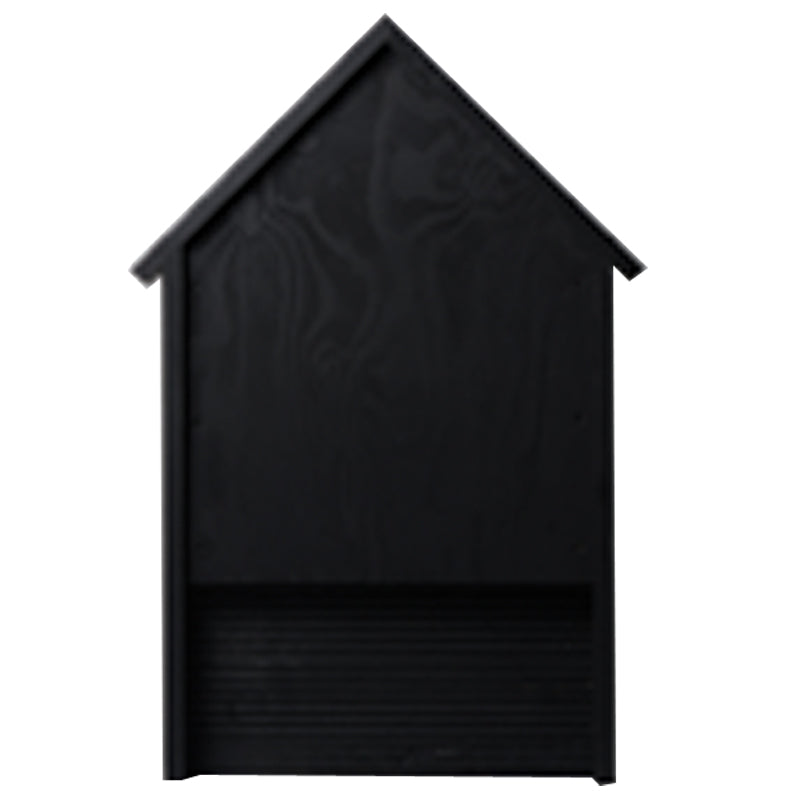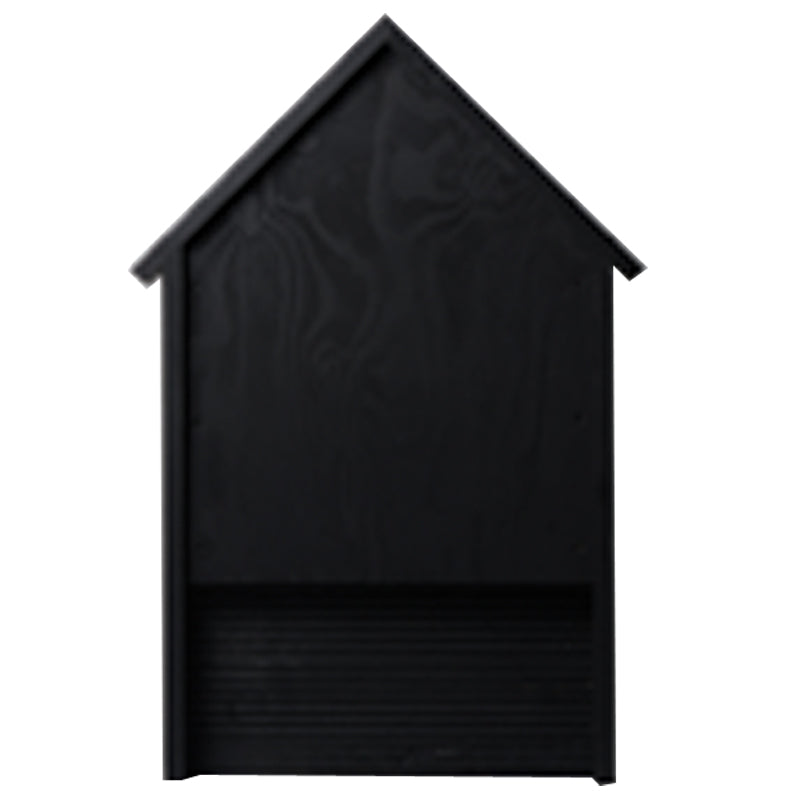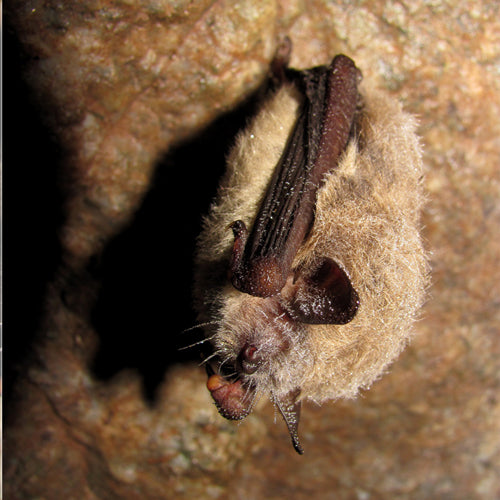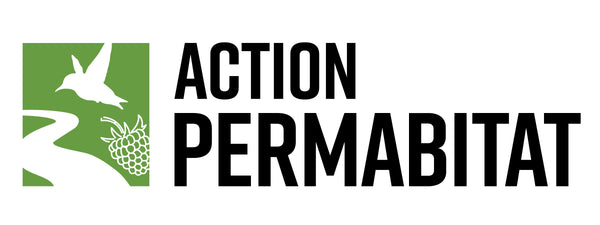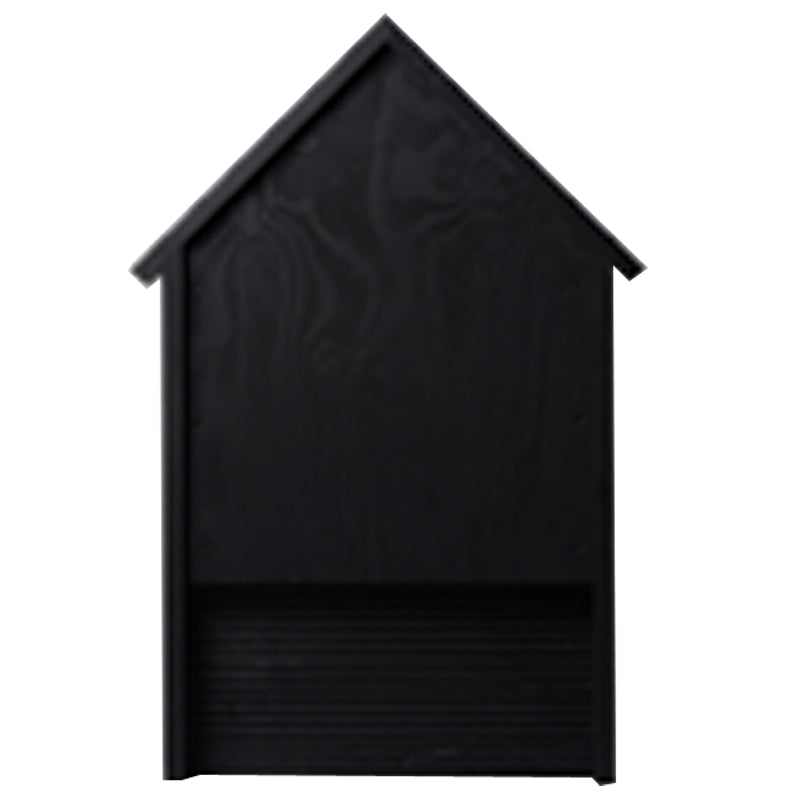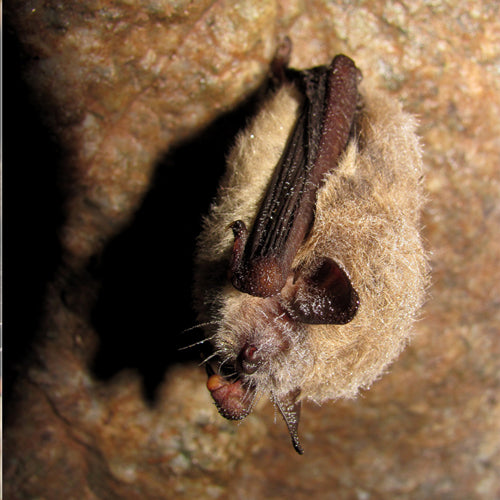Bat House
Bat House
Couldn't load pickup availability
BATS
Chiroptera
This small flying mammal weighs on average around ten grams and consumes up to 110% of its weight in insects every night. The little brown bat uses echolocation to communicate, navigate in flight, and pursue prey. It uses three types of shelters: a day shelter, a night shelter and a hibernation shelter.
Recently, the little brown bat fell prey to a fungus which attacks them during hibernation and which spreads rapidly, causing death in many. It is therefore high time to give it a helping hand and don't worry about rabies, the bat does not attack humans.
HABITAT
City, countryside, forest, fields and bodies of water.
ECOLOGICAL SERVICES OF THE SPECIES
Great eater of harmful insects.
FACILITY
South, south-east or west exposure to the sun.
On trees at the edge of the forest, near a pond, in a clearing or simply in your garden.
Minimum height of 2 to 3 meters from the ground.
Dilute a small quantity of its excrement (guano) and spray the nest box with this solution.
Place the nest box away from strong lighting.
FAVORITE PLANTS AND VEGETATIONS
Did you know that bats are pollinators? They are mainly insectivorous, but sometimes feed on honey plants. These plants must have night flowering to be appreciated by bats. These plants also attract nocturnal pollinating insects, which bats love!
Here are the plants that will help you help bats:
Nightwort, Cardamine, Willowherb, Heliotrope, Hostas, Cardinal Lobelia, Matteuccia Ostrich Fern, Phlox, Buttercup, Soapwort, Poets' Jasmine, Goldenrod and Zinnia.
Canadian Wildlife Federation. (2020). Make the schoolyard irresistible to bats, Retrieved from https://cwf-fcf.org/fr/ressources/activities/choyez-les-chauves-souris.html
Gingras, D. and Mondor, A. (2009). Attract wildlife to the garden.
PRECAUTIONS
_ Carry out maintenance every fall to avoid pests and diseases.
_ Do not drive screws or drive nails directly into trees.
